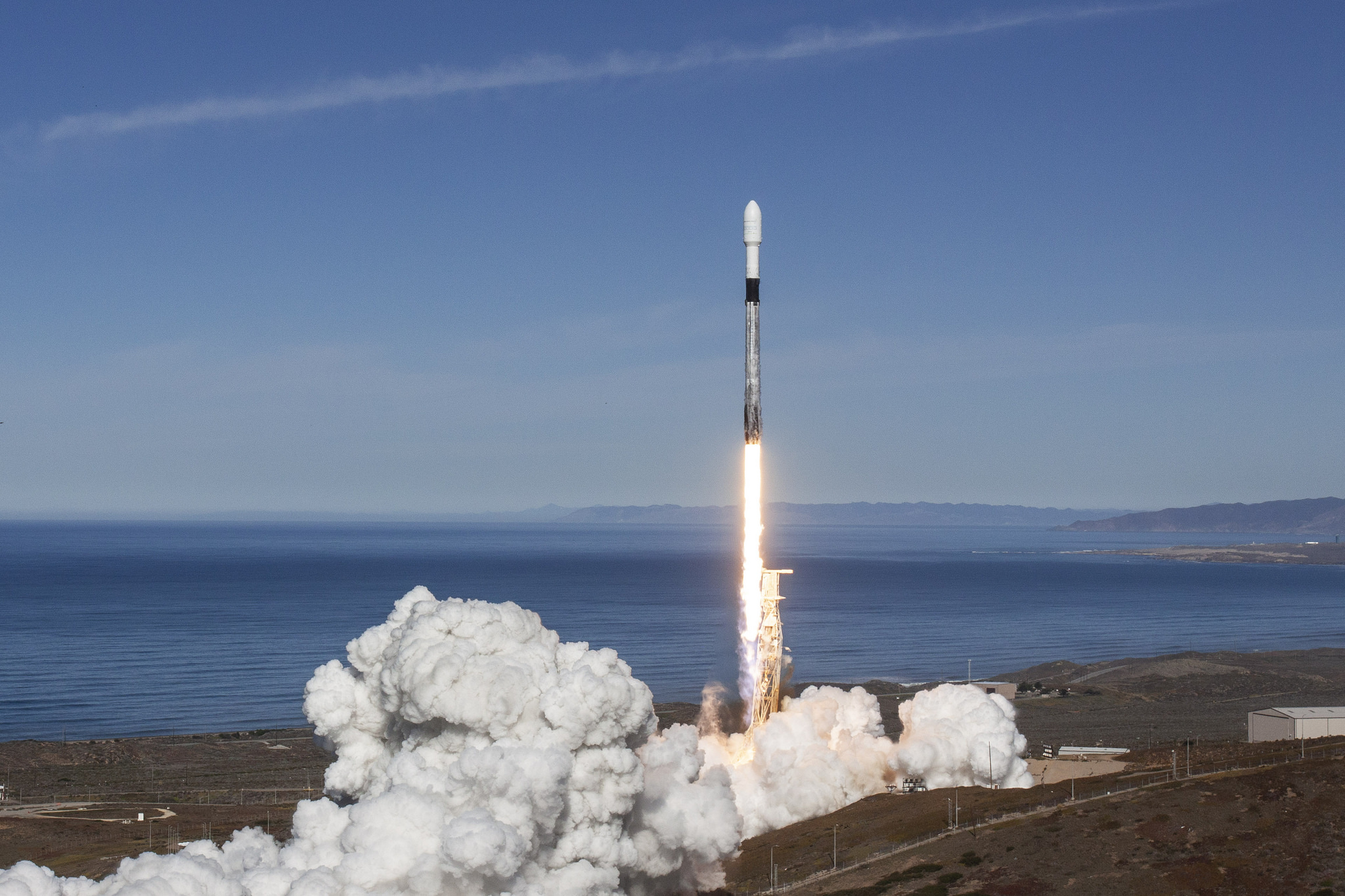US Coast Guard satellites ceased communicating soon after launch
The U.S. Coast Guard launched two CubeSats late last year, but ground control soon lost contact with them.

The U.S. Coast Guard has lost contact with both of its CubeSats, which were intended to orbit the Arctic for as long as three years.
In December 2018, the U.S. launched two very small satellites, known as CubeSats, as a part of the Polar Scout mission with the Department of Homeland Security (DHS). The two CubeSats, named Kodiak and Yukon, would pick up on test signals of emergency position-indicating radio beacons (EPIRBs) for 18 months or more.
Initially, ground control in New London, Connecticut, established communications with both satellites. But within a few weeks, Yukon stopped transmitting. In April of this year, Kodiak followed suit.
The New London research-and-development team is still running analyses to see where the satellites went wrong and whether contact might be reestablished.
However, Capt. Greg Rothrock, commander of the project, still considers it a success. Kodiak was able to collect several months of data, particularly during the launch and the early months of orbit, he said.
“Kodiak did successfully collect sufficient data for us to perform the evaluation of the spacecraft performance and meet DHS’s program objectives,” Rothrock told ArcticToday.
[U.S. Coast Guard launches its first satellites, with an eye on Arctic security]
The Coast Guard had intended to run tests starting at the beginning of the year and continuing over the summer to see if satellites like these might be used for search-and-rescue, as well as domain awareness and other communications activities in the Arctic.
The Coast Guard’s Arctic strategy, released on April 22, highlighted communications as a major gap in the Arctic, including poor radio signals, geomagnetic interference, little infrastructure, constrained cell phone networks and limited satellite coverage and capabilities.
Adm. Karl Schultz, commandant of the Coast Guard, spoke with reporters in May about these critical communications gaps, which the agency has “a finite amount of capacity to solve.”
“I think the communications piece is more of a whole-of-government conversation,” he said, highlighting partnerships with NORTHCOM, NOAA and others, including the CubeSat project with the Department of Homeland Security’s Science and Technology Directorate.
Although the CubeSats ceased communicating earlier than expected, Schultz said, they represent possibilities for government agencies to work together to address communications shortfalls.
“We’re just kind of easing into the space to better understand it,” Schultz said.
The larger focus of the project was to compare the costs and risks of launching tiny satellites to commercially available satellite data on EPIRB signals. Private companies collect data from space and sell it to businesses and government agencies.
Even though the CubeSats stopped providing this data earlier than expected, Capt. Rothrock believes they still provided useful comparisons to commercially available space data.
[Danish military’s first satellite will keep eye on ships in Arctic]
CubeSats, which are often about the size of a shoebox, and smallsats, which typically clock in at about the size of a mini-fridge, have proliferated in recent years, especially in research, Rothrock said.
“There’s just a tremendous amount of potential in that space,” he said.
About half of first-time CubeSats fail, with many of them never making contact after reaching orbit. Second and third launches tend to fare better, with 75 to 80 percent success rates.
“It speaks to why we’re doing this in R&D,” Rothrock said, “to explore these things and to look at what the utility and usefulness is of the technologies as they emerge.”
Schultz also cautioned that the Coast Guard would not likely solve communications gaps in the North on its own.
“A solution for communications is probably going to be a broader U.S. government-based model,” he said. “There’s not a roadmap or a specific Coast Guard plan to solve communications in the Arctic — yet.”